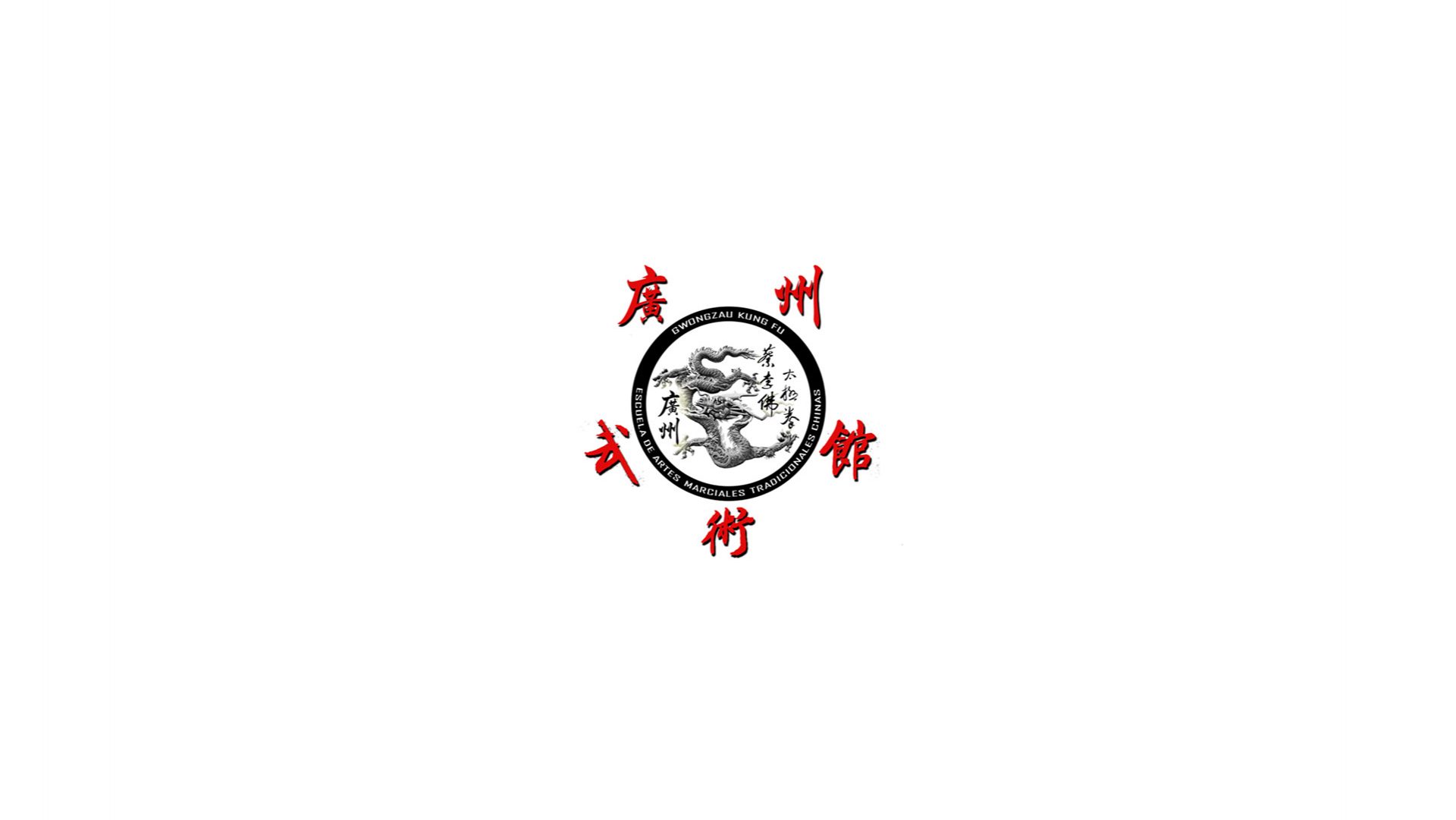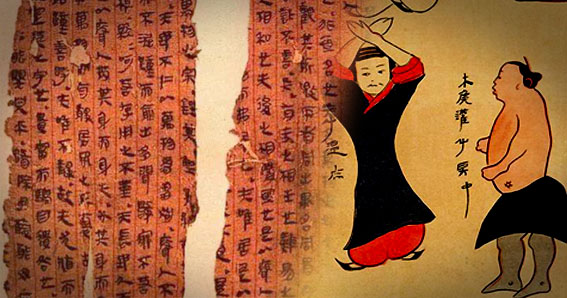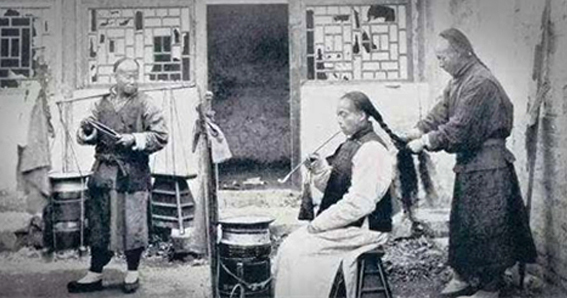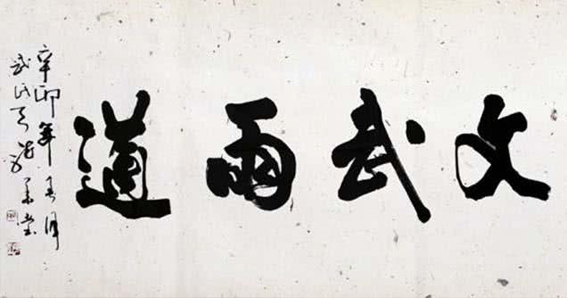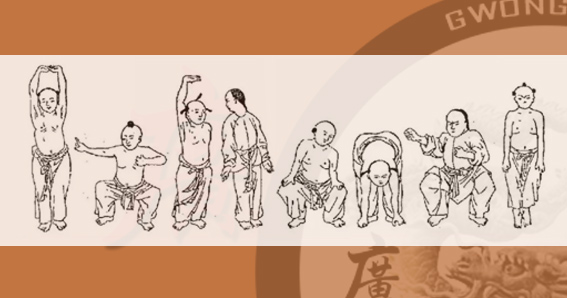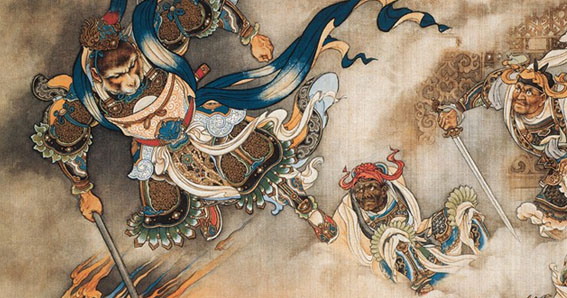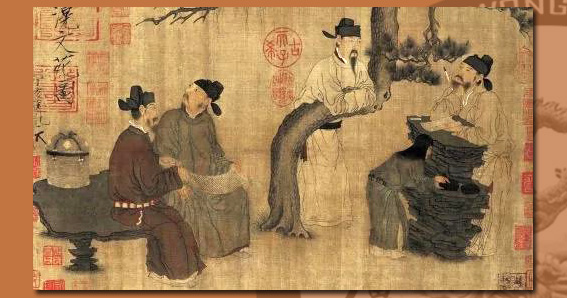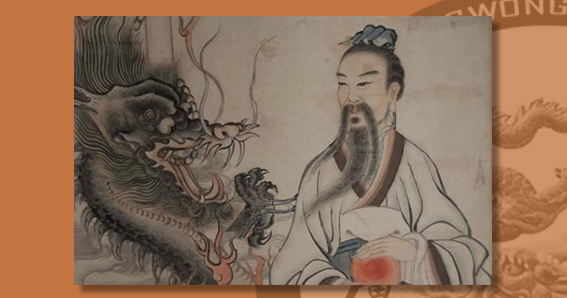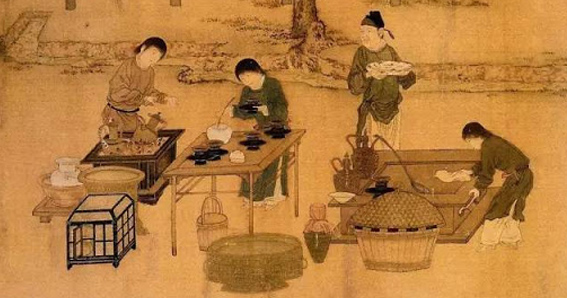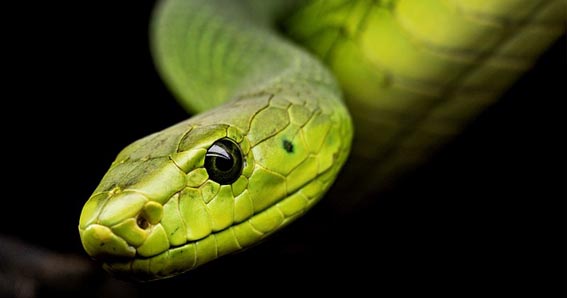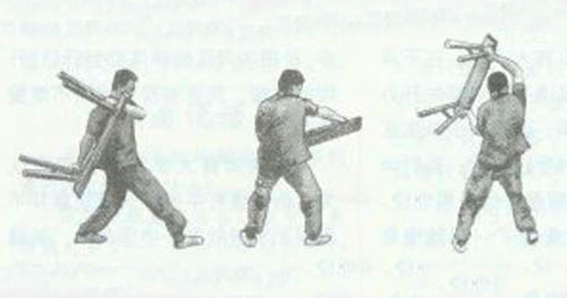The Daoyintu and the Mawangdui Texts
In 1973 a collection of manuscripts written mostly on silk dealing with a wide variety of subjects was unearthed in Mǎwángduī 馬王堆. Among them, in addition to a series of medical texts, the Dǎoyǐntú 導引圖 stands out, a silk scroll with drawings that resemble the exercises that we know today as Qìgōng 氣功.
Read more...